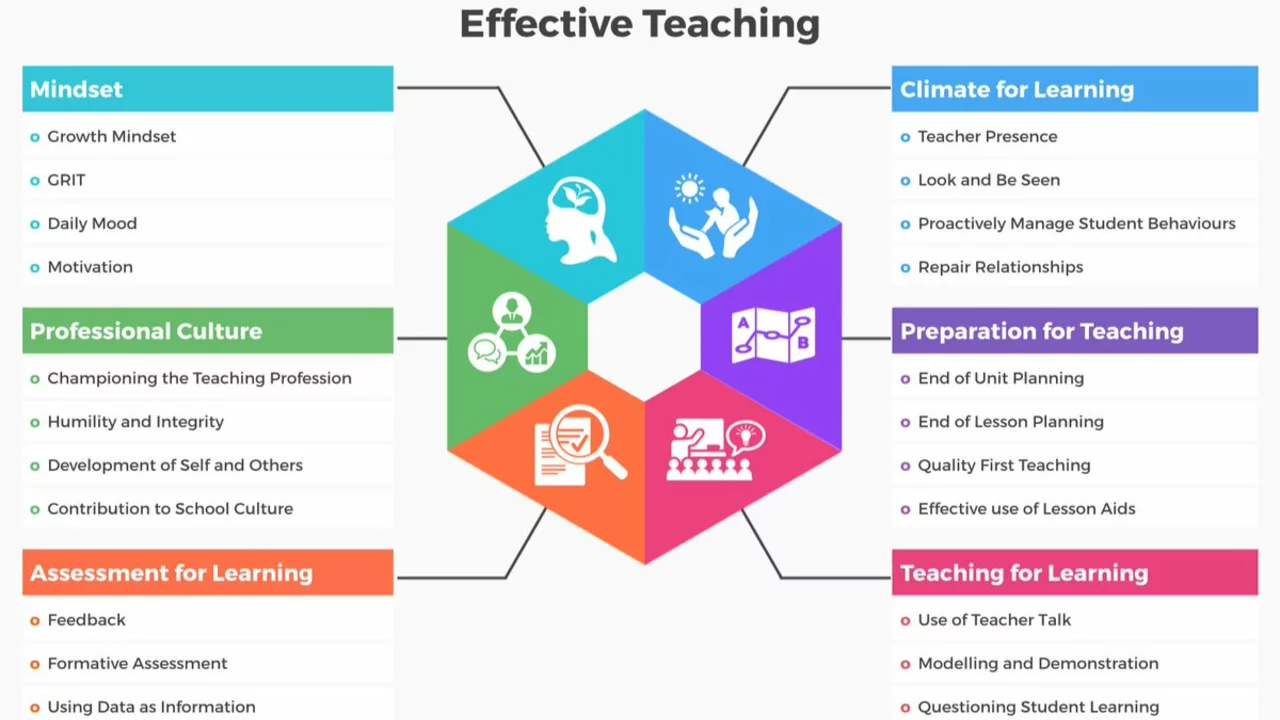Is environmental science harder than biology?

Understanding the Basics of Environmental Science and Biology
Before diving into the comparative analysis of environmental science and biology, it's crucial to understand the basics of these two fields. Biology is the study of life and living organisms, including their structure, function, growth, origin, evolution, distribution, and taxonomy. It is a broad field that encompasses various sub-disciplines such as microbiology, botany, and zoology.
On the other hand, environmental science is a multidisciplinary academic field that combines various sciences to study the environment and identify solutions to environmental problems. It integrates biological, physical, and information sciences to understand the environment and the problems associated with it.
Depth and Breadth of Knowledge Required
One way to gauge the hardness of a subject is by the depth and breadth of knowledge it requires. Biology is a vast field with a plethora of sub-disciplines, each requiring a deep understanding of specific organisms or biological processes. The depth of knowledge required in biology can make it challenging for some students.
Conversely, environmental science is more about breadth than depth. It covers a wide range of topics from various disciplines, requiring a general understanding of many different areas. While this broad nature can be overwhelming, it also allows for more flexibility and interdisciplinary thinking.
Complexity of the Subject Matter
Another factor that can influence the difficulty level of a subject is the complexity of its material. Biology often involves intricate processes such as cell division, genetic mutation, and photosynthesis, which can be hard to grasp and visualize. Understanding these processes often requires a good memory and the ability to think abstractly and critically.
Environmental science, while also complex, tends to deal more with tangible and visible issues, such as pollution, climate change, and conservation. This tangibility can make the subject matter more accessible and relatable, thereby reducing perceived difficulty.
The Role of Math and Statistics
Both environmental science and biology incorporate mathematical and statistical concepts. However, the extent and level of these concepts vary. Biology usually involves basic math, such as ratios and percentages, especially in areas like genetics and ecology.
Environmental science, by contrast, often requires more advanced statistical analysis. This is because it heavily relies on data collection, interpretation, and prediction, particularly in areas like climatology and environmental risk assessment. For students who struggle with math, this could make environmental science more challenging than biology.
Lab Work and Field Studies
Practical work is a significant part of both environmental science and biology. Biology lab work often involves detailed microscopic studies, dissections, and biochemical tests. Some students might find these activities challenging, especially if they are not comfortable with precise and meticulous work.
Environmental science often involves extensive fieldwork, including sampling, surveying, and environmental impact assessments. These activities require physical stamina and the ability to work in various weather conditions and terrains, which could be challenging for some students.
Availability and Accessibility of Study Materials
Given biology's long-standing presence in academia, study materials for biology are often more readily available and accessible. There are countless textbooks, online resources, and study guides dedicated to the different areas of biology.
Environmental science, being a relatively new field, may not have as many dedicated resources. However, this is rapidly changing with the increasing importance of environmental issues. Nonetheless, the current disparity could make studying environmental science harder for some.
Perception of Difficulty
It's essential to remember that the perceived difficulty of a subject can vary greatly among different students. What one student finds challenging, another might find easy. This is often influenced by a student's interest in the subject, their learning style, and their academic strengths and weaknesses.
Comparing Job Prospects
The potential difficulty of a subject could also be influenced by its job prospects. Fields with good job prospects could motivate students to overcome the challenges associated with the subject. Both biology and environmental science offer a range of career opportunities, although in different sectors.
Choosing What's Right for You
Ultimately, whether environmental science is harder than biology comes down to individual preferences and strengths. Some might find the depth of biology daunting, while others might struggle with the breadth of environmental science. It's important to choose a field that interests you and aligns with your future career goals.
Concluding Thoughts
In conclusion, both environmental science and biology come with their own sets of challenges. One is not universally harder than the other. Instead, the difficulty level often depends on individual factors. Therefore, it's essential to understand your own academic abilities and interests before deciding which course to pursue.

Post-Comment